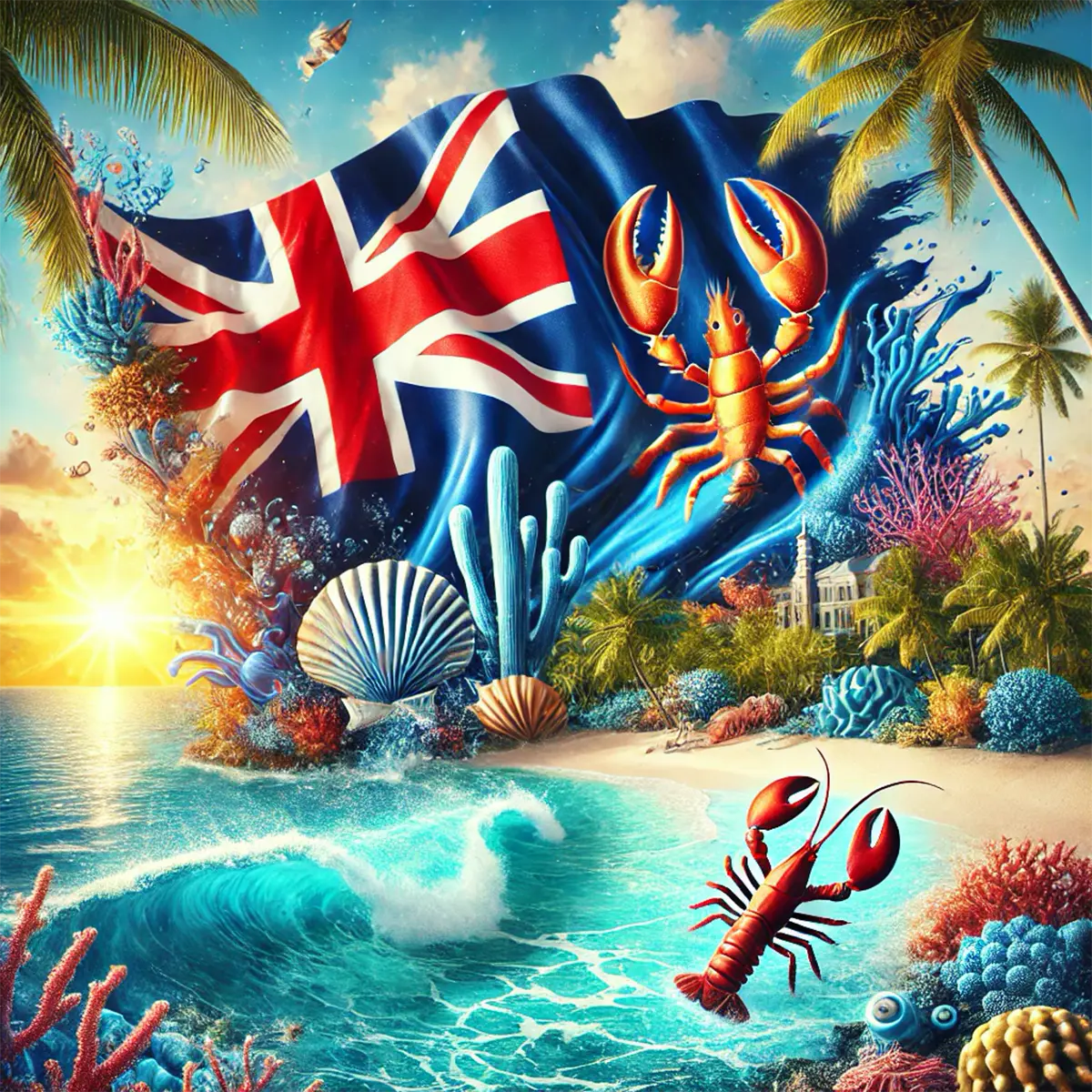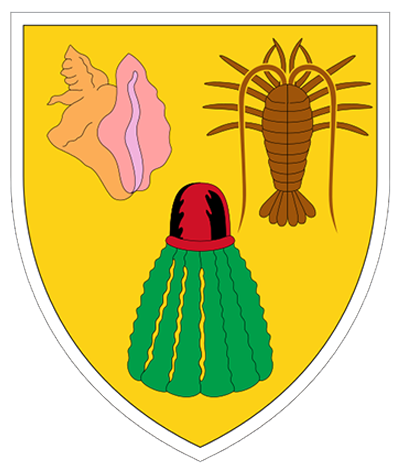Initially, like many other colonies, the islands used different versions of the British flag. The first flags were based on the standard British colonial flags, which usually consisted of a Union Jack in the upper left corner on a blue field. However, since the islands did not have their own coat of arms until the mid-20th century, their flags did not have much distinction.
This began to change in the mid-20th century, when British colonies around the world were given their own coats of arms and flags to reflect their unique identities and histories. In 1968, the Turks and Caicos Islands approved a new constitution that granted them autonomy, and with it a new flag that included the coat of arms of the Turks and Caicos Islands, located on a yellow shield. The coat of arms consisted of three main elements: a lobster symbolizing the rich marine resources, a shell representing the importance of fishing and seafood to the economy, and a cactus reflecting the unique flora of the islands.
The appearance of the coat of arms on the flag was of great symbolic importance to the inhabitants of the islands, as it reflected their unique cultural heritage and rich natural resources. Over the years, the flag remained unchanged despite political and administrative changes on the islands. It has become an important symbol of national identity and pride for the people of the Turks and Caicos Islands.






